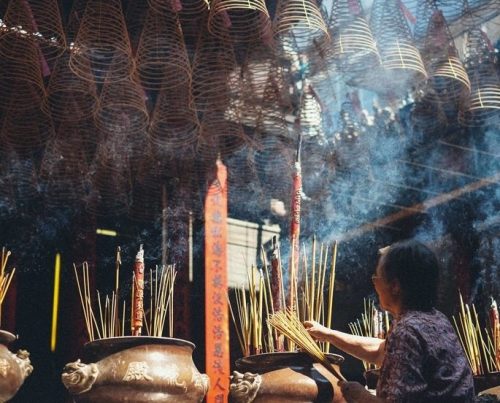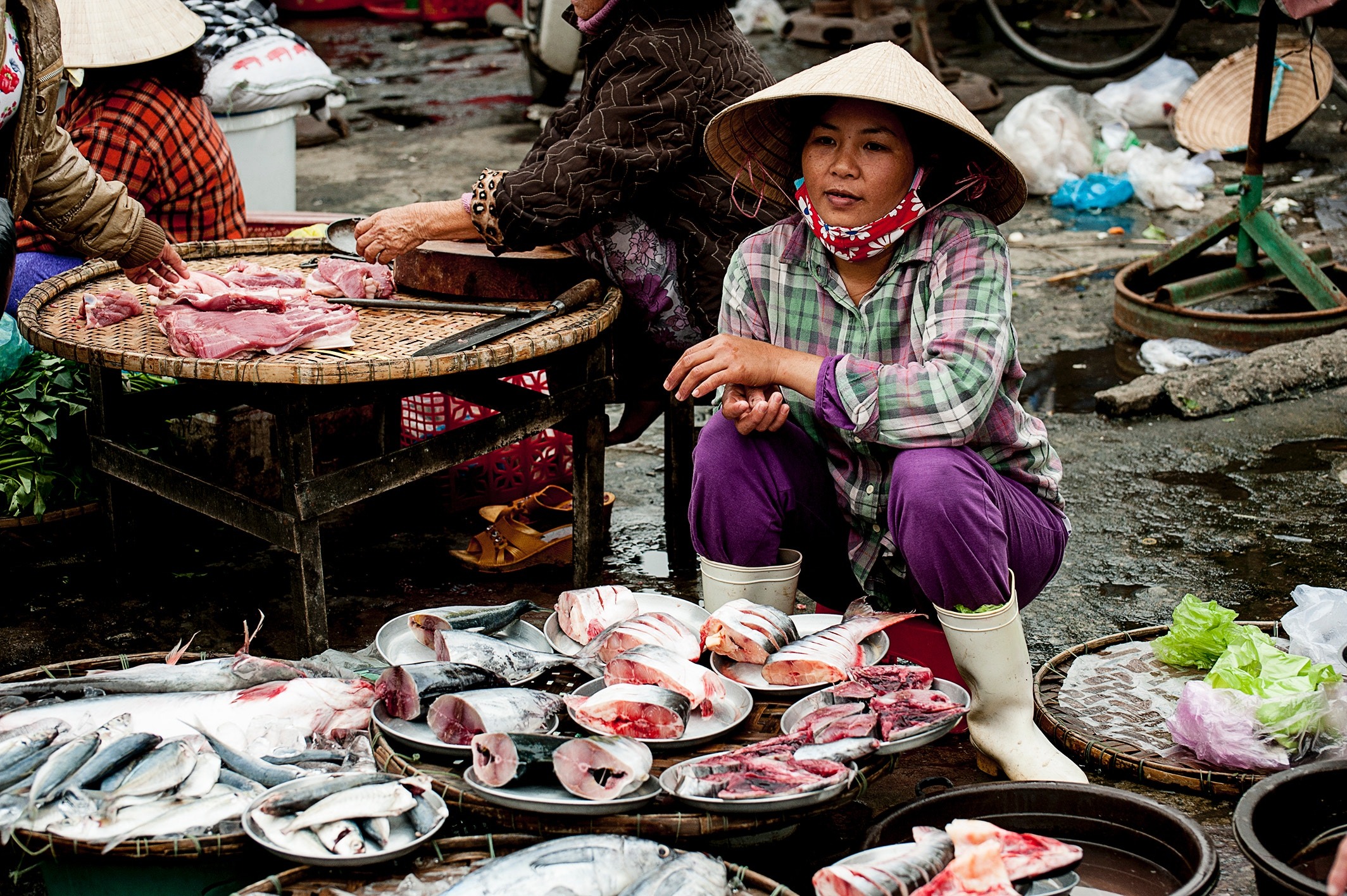Chinatown In Vietnam: An Insider’s Guide To Local History And Culture

Chinatown in Vietnam is a must-see destination slowly scribbling its way into the itineraries of world travelers. Aside from the standard attractions, Chinatown’s Thien Hau Pagoda should not be missed. The Thien Hau pagoda is a historical and cultural site built in the 19th century in homage to the goddess Thien Hau.
Any proper full-day tour in Ho Chi Minh City should tick-off a large number of boxes. Hot spots including Saigon Notre Dame Cathedral, War Remnants Museum, General Post Office, Independence Palace, and the largest flower market in Vietnam are some of the most prominent sites in the city.
Contents
A tour in Ho Chi Minh City: Chinatown in Vietnam
Chinatown in Vietnam is located near the parameters of District 1 in bordering District 5. Many Chinatown residents are of Chinese heritage have worked hard to maintain their unique cultural spirit over the past few hundred years.

As a result, the historical influence is evidenced by famous sites like the Thien Hau Temple, Binh Tay Market, and the thriving Chinese street food areas of Ho Chi Minh City.
While Thien Hau Pagoda is the place to go for a taste of Taoist tradition, Binh Tay market provides a peek at the organized chaos of a Chinese street market.
However, if you’re a foodie, promptly make your way to hotspots like Hong Bang street and the food stalls of Cao Van Lau in District 5 for some of the best Chinese grub in the city.
Thien Hau Pagoda
The Thien Hau pagoda is an absolutely stunning display of Chinese Taoist heritage. It was originally constructed in the 19th century and today it doubles as a fully functional place of worship and popular stopping point for tours in Ho Chi Minh City.

Maika Tours includes a visit to Chinatown in their full-day tour of Ho Chi Minh City. For the adventurous take in the sights and aromas of Chinatown in Vietnam your way with Maika Tours’ 100% customizable tours.
The Thien Hau pagoda was built in honor of goddess Thien Hau. It is believed that Thien Hau travels across the waters and through the clouds on a blanket to save those in need.

The temple is said to be protected by two turtles and makes for an ultimate “Instaworthy” moment with picturesque incense coils hanging above, gorgeous hand-carved wooden structures, and three holy halls dedicated to Thien Hau.
Binh Tay Market
Binh Tay market, otherwise known as Cho Lon, has origins tracing back to 1778 although a physical structure wasn’t in place until the 1880s. Once inside, don’t expect to do much shopping yourself as it is not a primary tourist market. There are a limited nimber of souvenir items available for purchase.

The wet market area is still used by locals for daily grocery shopping, and bulks of textile and lacquerware items. Maybe, what draws the most attention is not just Binh Tay itself, but the chance to experience an uninterrupted glance at the lifestyle of local residents.
Maika’s suggested food tour: 3 dishes to try in Ho Chi Minh City’s Chinatown
Street food stalls from Chinatown in Vietnam are the amalgamation of 2000 years of Chinese culinary influence on the culinary culture of this area. Locals and foreigners alike gravitate to this foodie Mecca for a one-of-a-kind experience with some of Asia’s finest streetside offerings.
#1. Sủi cảo – Jiaozi
Jiaozi is very simply a Chinese dumpling stuffed full of ground meat often accompanied by vegetables. It’s traditionally served with sesame oil dip and brown vinegar. Jiazi or sủi cảo is prepared using four different techniques; boiled, fried, steamed, or served with noodle soup. In Vietnam however, it is often tweaked for the local palate by preparing the dish with sweet bouillon and bok choy.
Where to get it: 409, Nguyễn Trãi street, District 5, HCMC
#2. Mì vịt tiềm – Stewed duck noodle soup
Stewed duck noodle soup is revered for its succulent tender meat and rich medicinal herbs. The characteristic noodles in this dish are made with eggs and flour. They are also longer in size and maintain of tougher texture which provides a perfect balance with those enviable juicy bits of duck.
Where to get it: 349 – 351 Nguyễn Trãi, Ward 7, District 5, HCMC (Hai Ky Mì Gia restaurant)
#3. Hủ tiếu cá – Fish noodle soup
Hủ tiếu cá is one of the most iconic Chinese-inspired dishes. However, the Chinese prepare the noodles differently. Compared to Vietnamese hủ tiếu noodle, this version is wider and softer. Then, there’s fresh thinly-sliced snake head fish alongside a deep pork bone broth and cabbage.
Where to get it: 66 Le Dai Hanh, District 6, HCMC (Thieu Ky restaurant)
Related Content:
[Article] Ten Places Unseen In Ho Chi Minh City
[Video] A Saigon Travel Guide: Four Iconic Destinations With Maika Tours